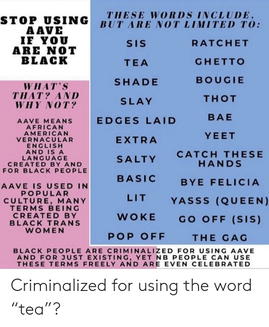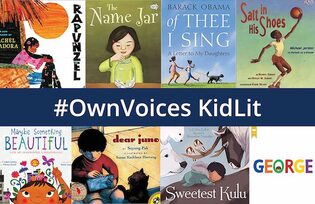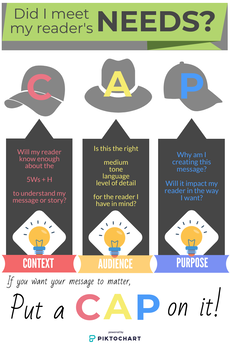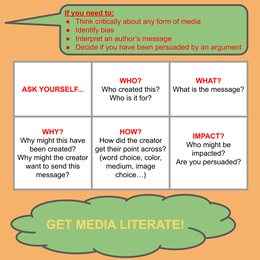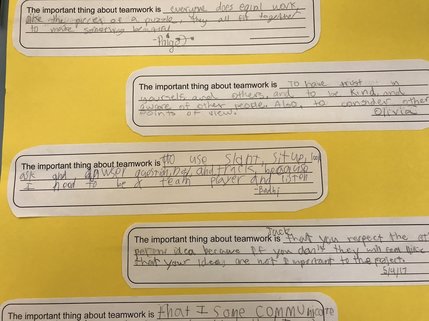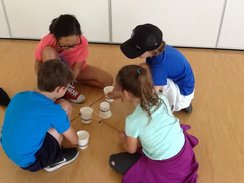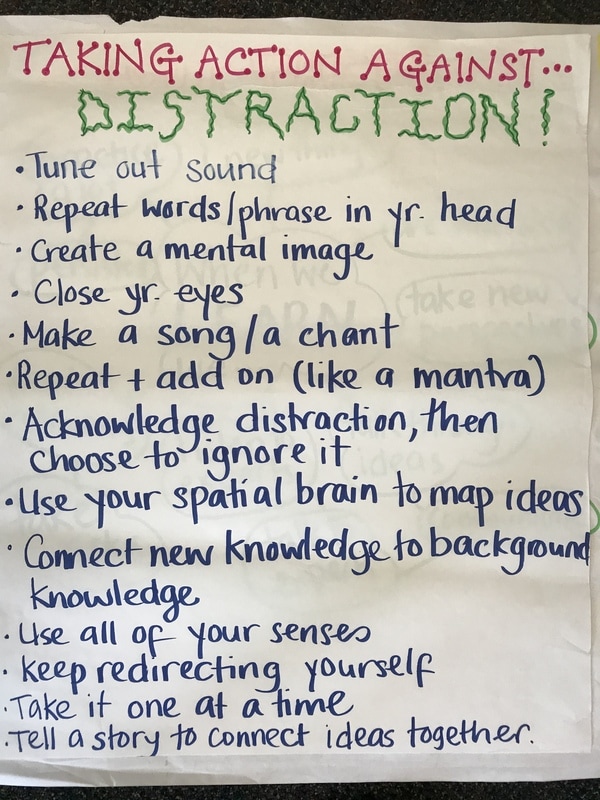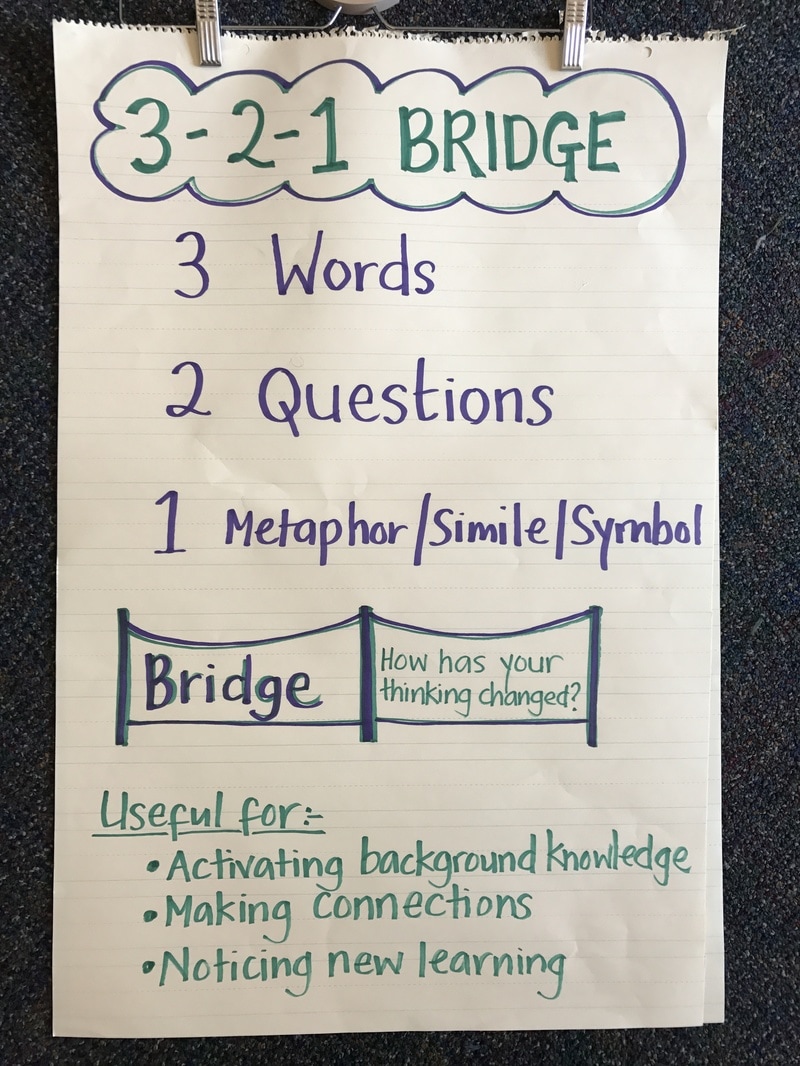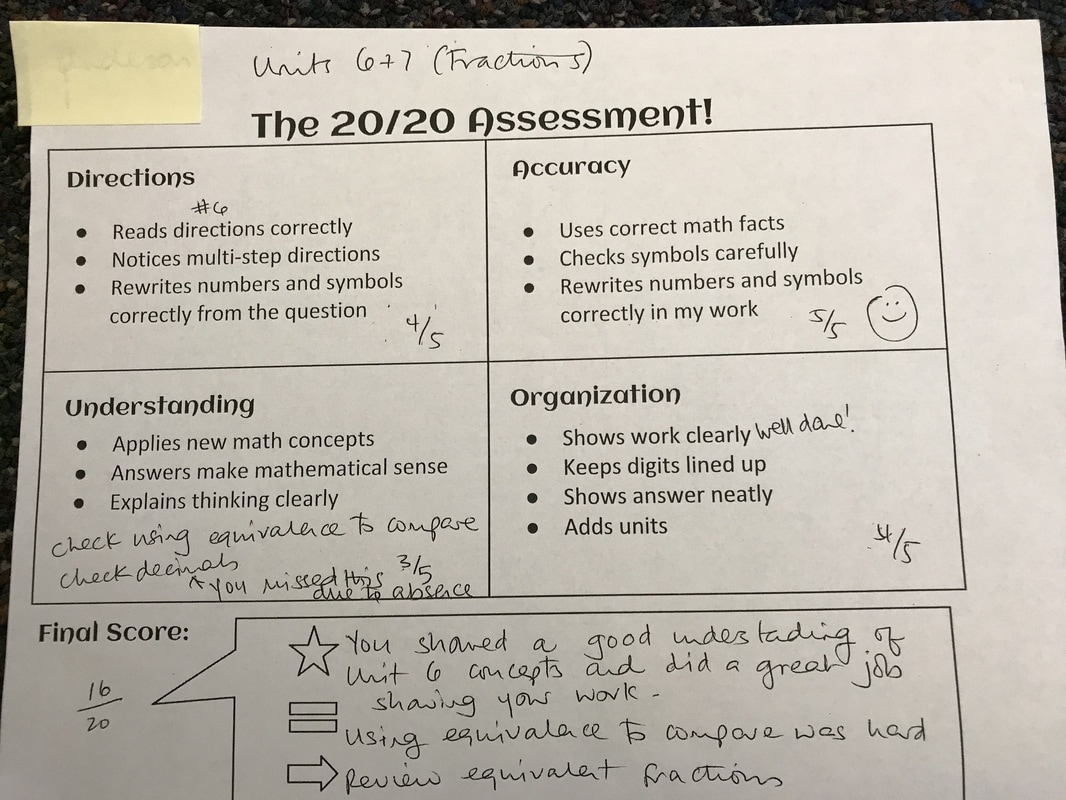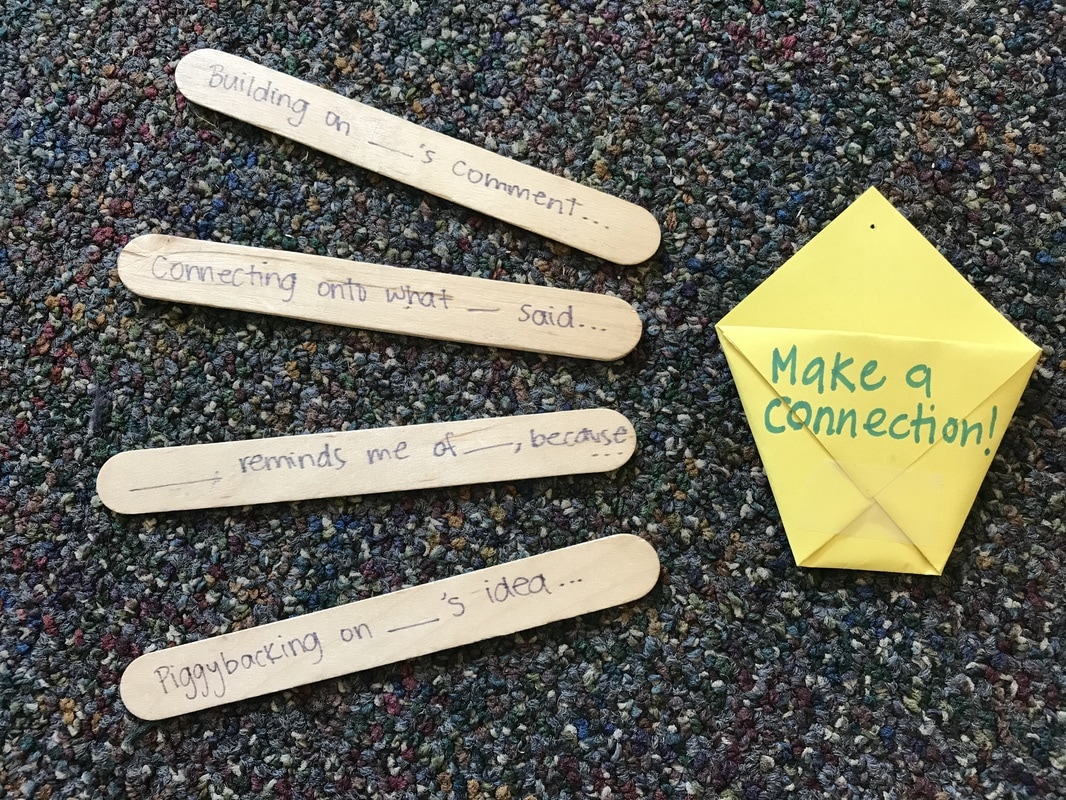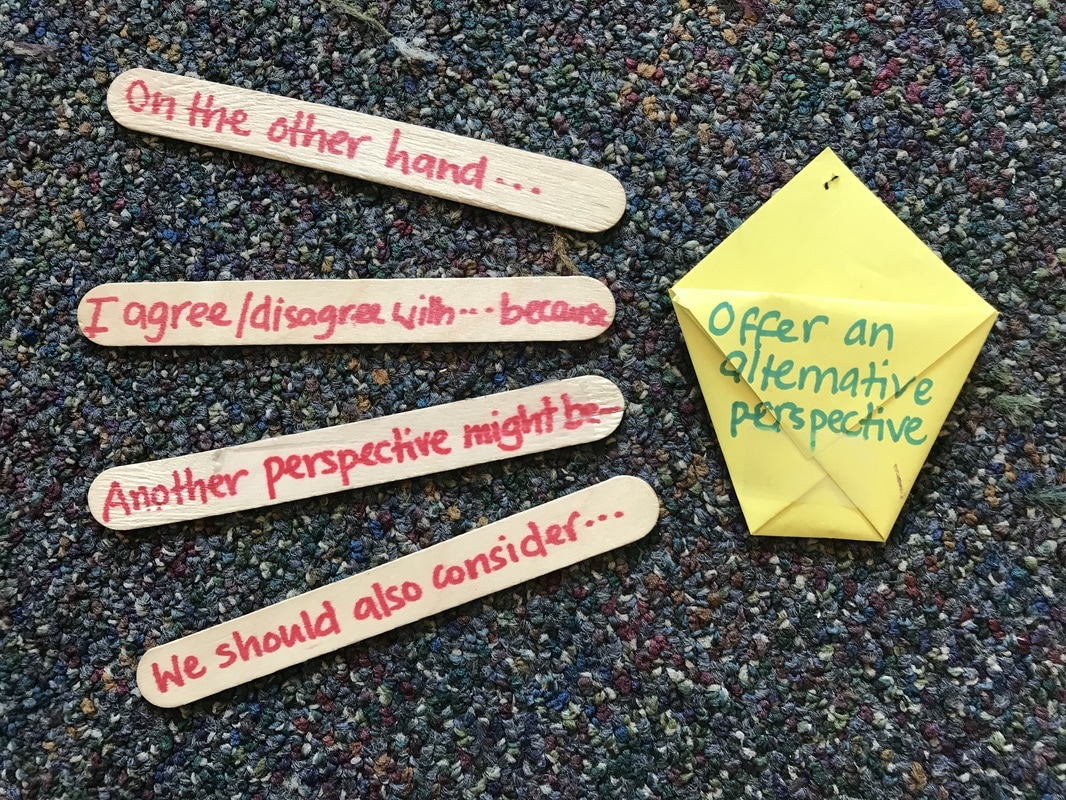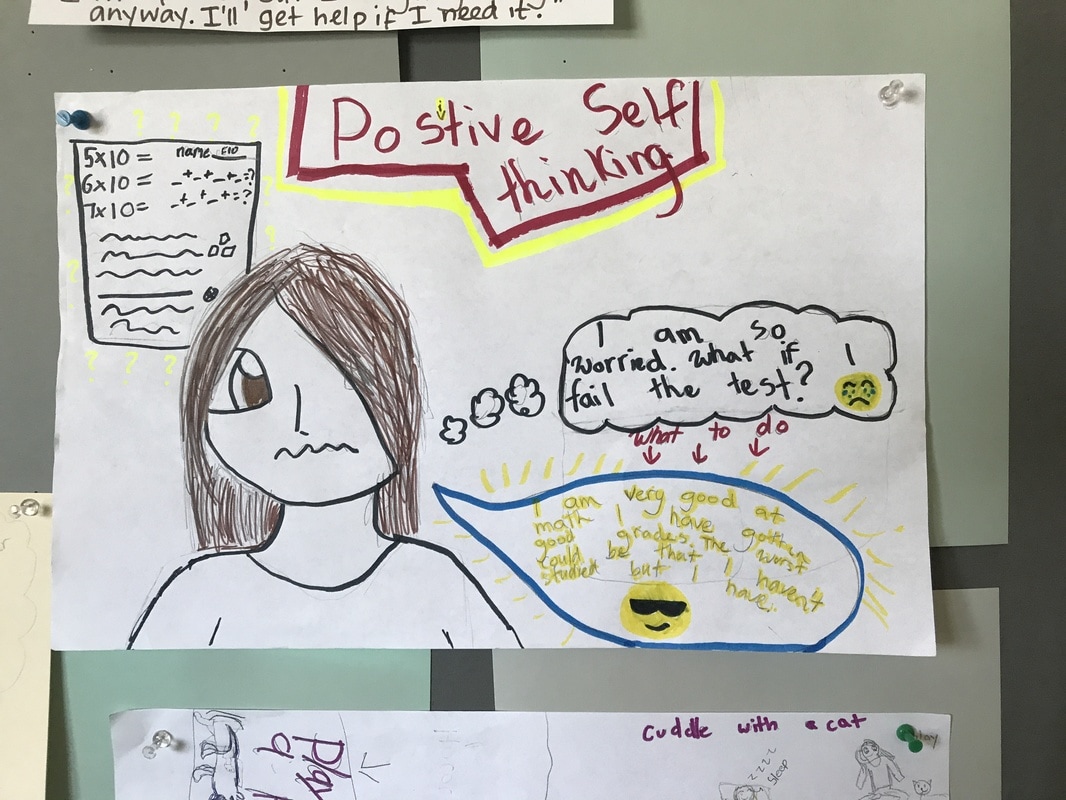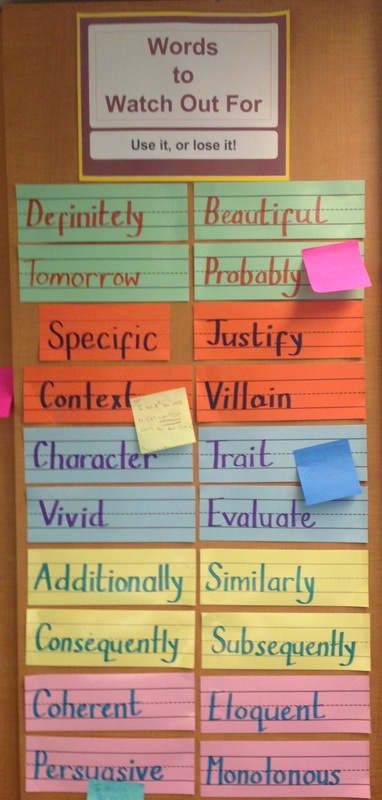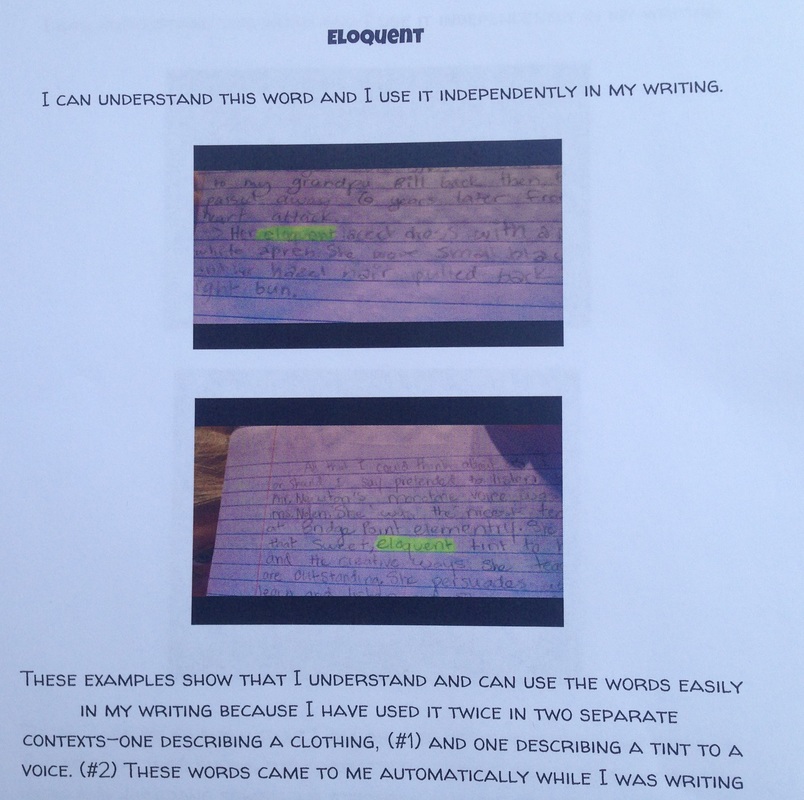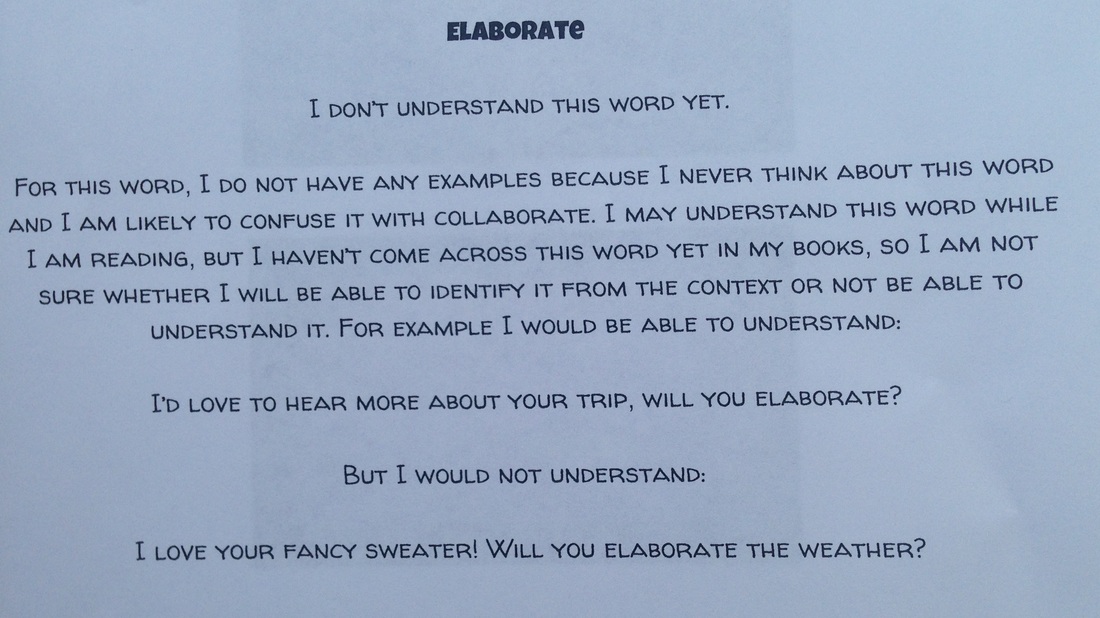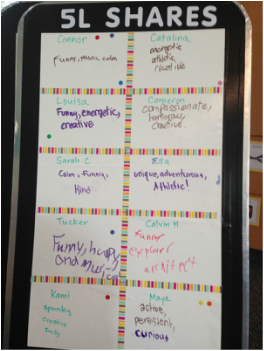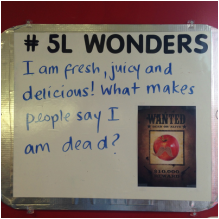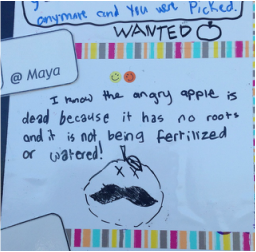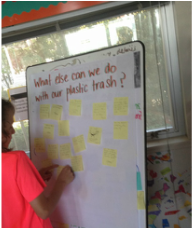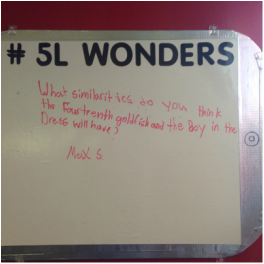The anti-CRT rhetoric that has been flooding the media landscape these past six months is priming people to ask if anti-bias education has gone too far, and has become a lens through which the public judges what is happening in schools. Anti-bias work requires ongoing effort and commitment from the whole community, and the anti-CRT backlash is a threat to the work that we value.
As a teacher who welcomes diversity in all forms, including diversity of opinion, it is important to lean into that conversation. The goal is not to call my stance on DEI into question, but to shift the terms of the debate from what people are against to what I am for. I am PRO diversity, equity, inclusion, and belonging. I am PRO explaining and justifying what is important to us. This article aims to frame some of the terms of the debate and answer some of the questions that have been posed.
Q1: What is Critical Race Theory?
CRT was a legal framework developed in the late 1970s and early 80s by scholars, such as Derrick Bell, Kimberlé Crenshaw, and Richard Delgado, which posited the legal conception of racism as a system of structural disadvantage, as opposed to an individual act of prejudice based on skin color. Some key assumptions of CRT are:
- Race is not a biological fact, but a social construction
- Racism is an ordinary feature of society (not an aberration in a few ‘bad apples’)
- Racial hierarchy is primarily the product of systems, not individual prejudice
- Within these systems, the interests of white people predominate in social and political decision-making
- The stories of people’s lived experience are as valid as ‘objective’ data in scholarly research
Anti-CRT bills have been passed, or are being considered in 28 states around the country. The laws aim to curtail anti-bias training in schools, limit discussions about racism (and other -isms, such as sexism and heterosexism), require schools to adopt curriculums that don’t give deference to any particular perspective on history, and prohibit schools from developing diversity, equity, and inclusion plans.
Q2: Is CRT taught in schools?
The simple answer to this is NO, and certainly not in elementary schools. CRT is not a curriculum. It is a theoretical legal framework for understanding the history and impact of racism in this country. However, much of the recent anti-bias literature shares the key assumptions of CRT outlined above, and many teachers are choosing to teach history through a social justice lens, based on similar assumptions about structural racism. At our school, we are pro diversity, equity, inclusion, and belonging, and our policies and practices reflect that positive, expansive approach, as outlined in this diagram.
Q3: Why can’t teachers just teach the real history, with no agenda?
There is no such thing as ‘real’, unbiased history. Histories are the stories that we tell about the past. Historians make choices about which stories they choose to tell in order to make sense of the past. We learn history to understand the causes and impacts of events that happened in the past, to better understand the people of the past, and to help us understand and live in the present (The Big Six Historical Thinking Concepts, Seixas and Morton, 2012)
Traditionally, American history has been taught as a set narrative; a series of dates and events, building neatly upon each other in linear progression, spiced with the stories of a few (largely white, male) heroes, and some (inevitably defeated) villains. Women, people of color, people with disabilities, and people of the LGBTQ+ community have been largely unrepresented in this story of American exceptionalism and progress, except as people who needed saving, or a few heroic exceptions. In addition, this history offers little space for teaching critical thinking, and it does not explain the continued racism and structural disadvantages that we see in our country today. As a result, many teachers have shifted to a more inclusive, more complex history curriculum in order to tell a fuller story, including the contributions of underrepresented Americans and the less proud moments in our nation’s history, offering more students more access points and more opportunities to think critically.
Q4: Will this make my child feel bad?
Our children are not responsible for things that have happened in the past, but we are all responsible for what we do now. A more inclusive history, which includes the perspectives of those who have been historically marginalized in history class, as in the wider society, decenters white, male stories from the narrative, but is not aimed at making any individual students feel guilty or sad. The goal is to make history class more relevant to all the students in the room, and closer to a whole history. History is neither comfortable nor simple. Trying to shield young people from discomfort and sadness prevents them from learning from the past and realizing their full potential as citizens. A teacher’s role is to protect and nurture all the students in the classroom, and that means sharing stories that center all voices. Black students need to hear stories of Black power, Black joy, and Black achievement. Girls need to know about the full spectrum of womanhood and femininity throughout history, as well as women’s impact on history. White students need to know that white people have also been involved in the struggle for justice. All students need to know that the United States is not a finished product and that our democracy is not unbreakable or inevitable. Our students have a critical role in keeping democracy alive and contributing to a better tomorrow. The system of government designed in 1787 was built to offer equality to rich, white men, not to all of the human beings it impacted. This is not an opinion. It is a fact. Over the years, waves of struggle have attempted to expand that framework. “Suffragists knocked down the doors of the males-only club, Black, Chicanx, and Indigenous Peoples campaigned for equal suffrage. The poor and property-less classes waged constant struggles to stop the rich from exploiting them.” (Winds of Change, Rivera Sun, 2021). A whole history is not always comfortable, but it can be empowering and exciting!
Q5: Aren’t you teaching our kids to be unpatriotic?
A whole history is more honestly, actively patriotic than a whitewashed history grounded in American exceptionalism. While the ideals of American democracy are something to be proud of, there has never been a point in history where everything was fair and perfect. A story based in half truths that ignores the struggles and contributions of the majority of the students in the room is a flimsy foundation for patriotism. The stories of the struggle to achieve democratic ideals - the conflicts, the mistakes, and the successes - make for a proud and inclusive history, while also modeling growth mindset, civic duty, and inclusive citizenship. For every step towards wealth and progress, there have been those who lost or were silenced. For every act of violence, there have been acts of love and courage by who decried and opposed it. Our history is littered with the stories of brave individuals and groups who strove to protect themselves and their communities, make a difference, and contribute to the common good. And the truth is that it has often been the most oppressed and marginalized who have called our country to account and helped it move towards ‘a more perfect union’. Their stories must be told for the benefit of everyone! Our students need to understand that true patriots make the choice to uphold the ideals of democracy for every American. They can do that through seeking out diverse perspectives, asking critical questions of those in power, and stepping up to contribute towards positive change when they notice injustice.
Q6: Isn’t this too much for young children to understand?
This is what teachers are trained to do. All teaching is about figuring out how to present material in developmentally appropriate and accessible ways for the diverse range of students in the classroom. Questions of justice are highly relevant to young children. They protest injustice with their families, on the playground, and in their classrooms frequently and vociferously. They practice the language of fairness and compromise, and learn the value of listening to others’ points of view and standing up for themselves from the very first time they share space with others. These are the same questions that have preoccupied our nation’s leaders these past four centuries! In addition, from an early age, children recognize that other people are similar and different to them, and internalize social messages about race and racism. Studies show that by age 5, children can show signs of racial bias (Unicef, 2020), and young children who encounter discrimination without it being acknowledged or recognized by the adults around them can be left feeling unsafe and unsupported. Silence on racism and discrimination doesn’t prevent it. In fact, it helps to perpetuate it, and leaves Black and brown students vulnerable. Between five and eight is an ideal time to start such conversations, as children are old enough to begin to think about social issues and young enough to remain flexible in their beliefs. Historical stories presented through the lens of justice are both developmentally appropriate and relevant for very young children.
Q7: So how do you teach a whole history in a safe, inclusive way?
Classroom conversations about difficult subjects must be handled with care, in order to keep all children feeling safe and included in the conversation. Our children must be taught how to discuss difficult topics together, and we have to be courageously honest when we answer their ‘why?’ questions. The answer cannot be ‘that’s just the way it is.’ As teachers, we must also uncover and address our own biases and feelings of guilt, anxiety, and anger about these topics, in order to keep our classroom conversations student-centered and developmentally appropriate.
Here are some ways that teachers make a whole history accessible to young children:
- Reading historical fiction and nonfiction together, preferably by diverse authors and featuring diverse characters. Often about children, such books allow students to zoom into the small details of a time in history from a child’s perspective, which makes it easier for young children to imagine and empathize without becoming overwhelmed. When students are invited to lead the subsequent questioning, teachers can gauge how much they are ready to know, and respond accordingly. They often come back with more questions after they have had time to process what they heard, and the depth of their compassion, curiosity, and desire to hold hard conversations is often surprising and inspiring.
- Framing things through stories of resistance and resilience. Stories of resistance and strength help prevent children feeling helpless or hopeless, and remind them that being a target of injustice might reduce someone’s power but it cannot take away their humanity or courage. This kind of framing naturally decenters whiteness from the narrative, avoiding deficit stories about marginalized communities and unhelpful, unrealistic white savior tropes.
- Actively searching for stories of people who have been traditionally absent from the history books to share with students, using resources like A People’s History of the United States, Facing History, Wherever There’s a Fight, and the Berkeley History-Social Science Project. All students should be able to see themselves mirrored in the history of their country.
- Tempering the heroes and villains myth. Even our greatest heroes had their faults and made mistakes. Twelve of the first 18 presidents were slave-owners. The Constitution set out an incredible system of democracy and also enshrined the sale and ownership of human beings in the law of the land. All heroes of history are both visionary and fallible, and we do them and our students no favors by divesting them of their humanness. We can learn from their mistakes and their successes, practicing critical thinking, reinforcing a growth mindset, and placing their achievements within our students’ reach.
- Creating a safe and inclusive classroom culture. A whole history is messy and sometimes painful, and both teachers and students can make mistakes with their language or assumptions. This is a normal and expected part of the learning process, but it requires a trusting, supportive classroom culture where all students feel seen, heard, and respected. As part of this process, children need exposure to the full diversity of American life, opportunities to learn about each other’s identities, and space to develop respectful, inclusive vocabularies and attitudes. In addition, teachers need space to think and learn about DEI issues with a diverse group of adults who can help them process feelings, uncover bias, and plan inclusive curriculum.
 RSS Feed
RSS Feed 
